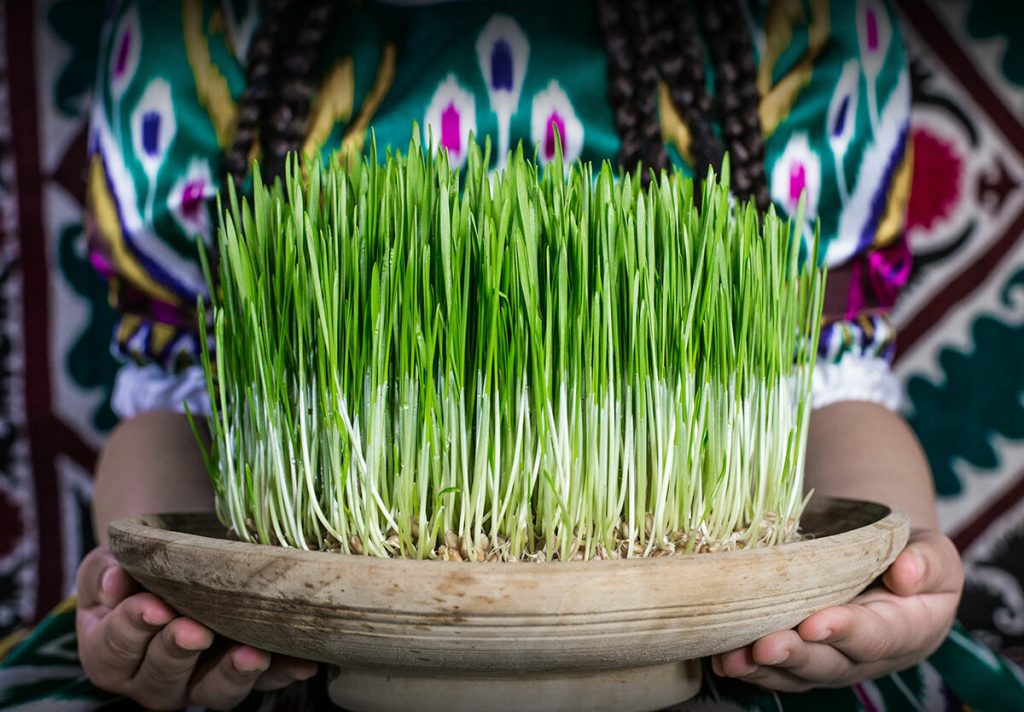Imagine standing on the brink of spring, witnessing the rebirth of nature, and celebrating an event that has woven its way through history for over 3,000 years. This is Nowruz, a festival that not only marks the first day of spring but also heralds the start of a new year in the Persian calendar. Rooted in the ancient Zoroastrian religion, Nowruz transcends borders, uniting various ethnic groups across countries like Iran, Afghanistan, Tajikistan, and more in a shared celebration of renewal, hope, and joy. From the meticulous spring cleaning to the setting of the Haft Sin table with its seven symbolic items, each ritual is steeped in meaning and tradition. As families gather to jump over bonfires on Chahar Shanbeh Soori, they symbolically cast away the old and welcome the new, embracing the promise of good fortune. Nowruz is not just a day on the calendar; it's a vibrant expression of cultural identity and unity, recognized by the United Nations as an international day of celebration. This festival of new beginnings invites us to reflect on our shared humanity and the cycles of nature that connect us all.
Key Takeaway
Day Activities
-
Spring Cleaning Galore: Before Nowruz hits, everyone's on a cleaning frenzy, scrubbing their homes from top to bottom. This isn't just about dusting off shelves; it's a deep cleanse aimed at chucking out the old vibes to welcome the new. Think of it as a mega detox for your living space, making room for all the good stuff the new year's gotta bring.
-
Haft Sin Setup: Setting up the Haft Sin table is like crafting a masterpiece where every item's got a story. From apples symbolizing beauty to garlic warding off bad vibes, it's a colorful spread that packs a punch of meaning. It's not just about looking pretty; it's a visual feast that spells out hopes and dreams for the coming year.
-
Chahar Shanbeh Soori Fireworks: Imagine the night sky lit up with bonfires, folks leaping over flames, laughing away the gloom. This fire hopping tradition is the ultimate bad luck banisher, making way for fortune and happiness. It's a night where communities come together, basking in the warmth of shared hopes and fiery excitement for what's ahead.
Interesting Facts
1. Ancient Origins
Nowruz dates back over 3,000 years, rooted in ancient Persia as a Zoroastrian festival.
2. Spring and New Year Celebration
Marks the first day of spring and the beginning of a new year in various cultures.
3. Vernal Equinox Connection
Nowruz's date varies, aligning with the vernal equinox, typically around March 21.
4. Haft Sin Tradition
Families prepare a Haft Sin table with seven items symbolizing prosperity and happiness.
5. UN Recognition
In 2010, the UN declared March 21 as the International Day of Nowruz.
Why We Love This Day
-
Celebration of renewal and fresh starts: Nowruz, marking the first day of spring and the beginning of a new year, is a time when millions embrace the concept of starting anew. As nature bursts back to life with vibrant colors and new growth, folks get busy with spring cleaning, symbolically sweeping away last year's bad vibes to make room for positive energy and new beginnings. This tradition of renewal isn't just about tidying up physical spaces but also reflects a deeper, personal cleanse and the setting of new goals.
-
Rich cultural rituals and symbolism: The setting of the Haft Sin table is a highlight of Nowruz, showcasing seven items that each symbolize hopes for the new year, like health, happiness, and prosperity. It's not just about what's on the table, though. From jumping over bonfires in the chahar shanbeh soori ritual to signify the shedding of ill fortune, to visiting loved ones and donning new clothes, every custom is steeped in meaning and brings communities together in a shared cultural experience. These rituals are a vivid reminder of the rich tapestry of traditions that have been passed down through generations, keeping history alive and kicking.
-
Universal values of friendship and peace: Nowruz transcends borders, celebrated by various ethnic groups across countries from Iran to Kazakhstan. It's a powerful example of how cultural practices can foster a sense of unity and peace among diverse communities. On this day, differences are set aside, and people come together to visit family and friends, exchange gifts, and share in the collective spirit of hope and joy. Recognized internationally on March 21, Nowruz serves as a reminder that, despite our varied backgrounds, we all share common desires for happiness, prosperity, and the well-being of our loved ones.
Past & Future Dates
| Month | Day | Year |
|---|---|---|
| MARCH | 21 | 2022 |
| MARCH | 21 | 2023 |
| MARCH | 21 | 2024 |
| MARCH | 21 | 2025 |
| MARCH | 21 | 2026 |
| MARCH | 21 | 2027 |
| MARCH | 21 | 2028 |
FAQ
Why is Nowruz celebrated?
Nowruz marks the start of the new year on the Persian calendar. Celebrated at the spring equinox, typically on March 21, it heralds the first day of Farvardīn, embodying the concept of renewal and rejuvenation.
Which religion celebrates Navroz as their new year on March 21?
Followers of Zoroastrianism, particularly the Parsi community in India, ring in Navroz as their new year on March 21.
What is Nowruz and name three countries that celebrate it?
Nowruz is recognized globally on March 21 as a festival heralding the new year and spring's arrival, deeply rooted in Persian culture. Afghanistan, Azerbaijan, and Iran are among the countries that observe this vibrant tradition.
What does Nowruz symbolize?
At its core, Nowruz is a celebration of nature's rebirth and the rejuvenation of personal ties. It's a time when people come together, cherishing the fresh start it represents amid the blossoms of spring.
